As a runner, it should come as no surprise that you need to take care of your feet. After all, your feet absorb more impact force while running than any other part of the body. In fact, according to the Institute for Preventive Foot Health, during running, we land on each foot with a force that equates to “three to four times our body weight. For a 150 pound person running a 5K race, the cumulative impact would be approximately 3.5 million pounds, or about 1,750 tons!”
Pounding the pavement hard, on a regular basis can lead to foot anomalies like plantar fasciitis (heel pain), blisters and more which can give rise to injuries in the shins, knees, hips and lower back, if left unaddressed.
If you are unsure where to begin when it comes to proper foot health as a runner, we’ve got you covered! In honor of National Foot Health Awareness Month in April, here are 7 foot care tips to keep your feet in the best shape possible:
-
Pay attention to your toenails
Untrimmed nails can lead to major issues including painful ingrown toenails and fungal nail infections. Our best advice is to always keep your toenails short and clean. Be sure to cut the toenails straight across and then use a file to get rid of any sharp edges.
You should also keep an eye out for any change in color or nail texture–which is often a sign of trauma to the nail.
-
Keep your feet clean...and dry
Nobody likes talking about it but foot fungi (like athlete’s foot) thrive in dark, moist areas which is why it’s so important to wash and thoroughly dry your feet, especially between the toes.
While you should always keep your feet dry, as a runner, it is also important to maintain some level of moisture. Otherwise, your skin, especially the heels, will be more prone to painful cracks and bleeds. Furthermore, the repetitive impact of running can lead to infection in some cases. On a regular basis, rub foot cream or petroleum jelly into the skin until it feels soft and smooth.
-
Wear the right shoes
We’ve shared this tip a few times in the past, but it’s worth repeating. Be sure to consider the shape of your foot, the level of support and overall comfort when choosing your running shoes. If you’ve got flat feet, go for a higher stability shoe and if you have high arches consider shoes that offer padding or cushioning for flexibility. Many athletic stores offer complimentary gait analysis and recommendations to help you find the best sneakers for your needs. You should also consider investing in more than one pair so that you can alternate between them during your training.
Apart from finding the perfect fit, be sure to replace your running shoes at regular intervals–somewhere between 300 and 500 miles. In general, the harder you land on your heels, the sooner you will need to replace your sneakers. Note that as you improve your efficiency as a runner, you may be able to extend the life of your sneakers.
Overall, you should be guided by how you feel after a run. If you feel as if your shoes are no longer providing the support you need, then it’s likely time for a new pair.
Related: 5 tips for proper running form
-
Don’t run without socks
Going sockless while running leaves you prone to blisters and discomfort. However, all socks are not created equally. The key is to look for socks that are made with breathable material and have moisture-wicking and skin-cooling fabric properties.
Compression socks are excellent options when it comes to footwear because they help to boost performance, prevent injury and speed up muscle recovery. As the name suggests, compression gear improves the circulation of blood within the feet and legs based on their design. They provide graduated compression, which means that they are tightest around the feet and lower legs since these are usually the most affected areas when it comes to swelling. Every pair of our Crazy Compression socks goes through a multi-step process to improve the antimicrobial and moisture-wicking properties of the fabric. We also offer many designs and styles to match your personality.
Related: How to choose the right compression socks
-
Avoid hard, uneven surfaces
As much as possible, take it easy on your feet by running on soft, even surfaces. Some professional trainers even recommend trying out a variety of running surfaces to reduce the amount of repetitive strain on the feet and also to avoid boredom.
Related: 10 boredom busting tips for runners
Another important best practice involves increasing distance during runs. A good rule of thumb is to ensure that you do not increase your distance by more than 10 percent each week.
-
Consider foot massages
Massaging your feet on a regular basis (paying close attention to the heel and ball) will help get rid of any extra fluid out and reduce tenderness. You could even consider purchasing foot massager to help promote circulation and soothe the feet.
In addition, cold water immersion has been scientifically proven to reduce muscle soreness, improve circulation and efficiently flush toxins from your body. Simply turn your faucet to the coldest setting and soaking your legs and feet for 15 to 20 minutes after your next run.
-
Don’t wait to seek professional help
Inspect your feet daily, keeping an eye out for blisters, callus build-up and cracks in the heels. The earlier you get something addressed, the less treatment will be involved and the sooner you can get back to your training routine. Typically, any pain that persists for more than two weeks will require medical attention.
Whether you are a beginner runner or preparing for your first half marathon, we hope these 7 foot care tips will help to stay on track this National Foot Awareness Month and beyond!
Be sure to join our community on Instagram or Facebook and use #crazycompression to show us your healthy feet and compression socks!

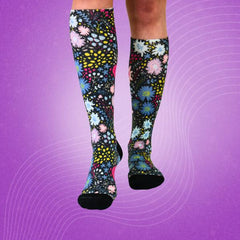
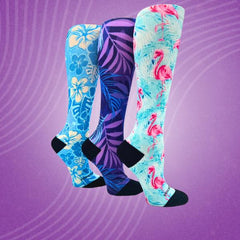
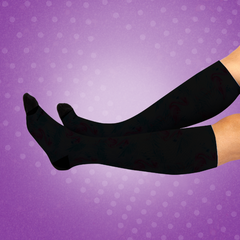

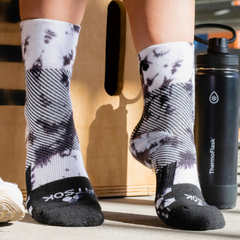
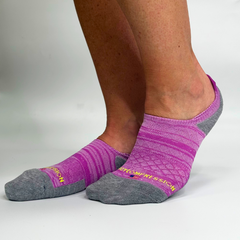

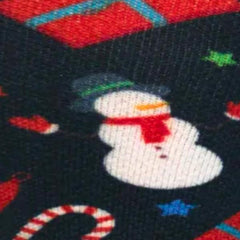


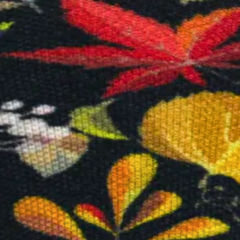

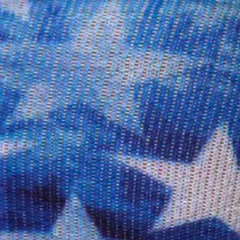


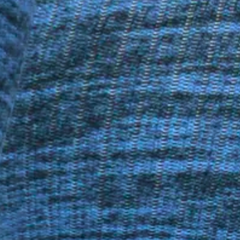
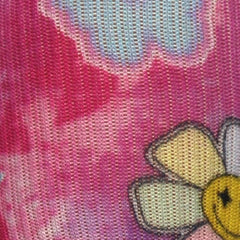

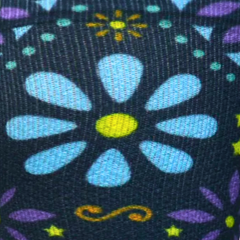
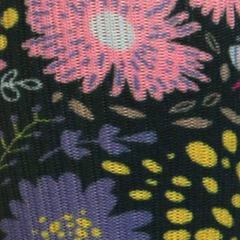
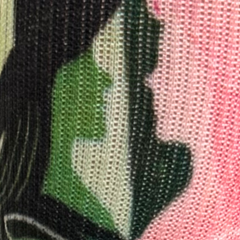
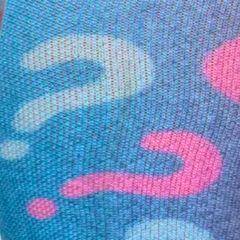
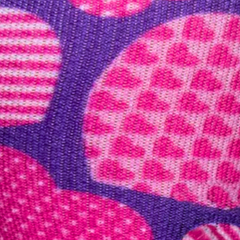
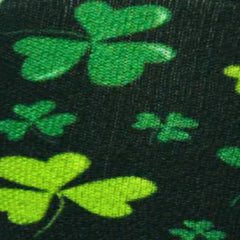
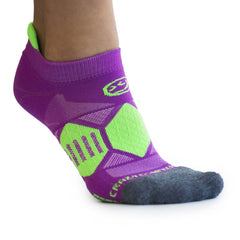

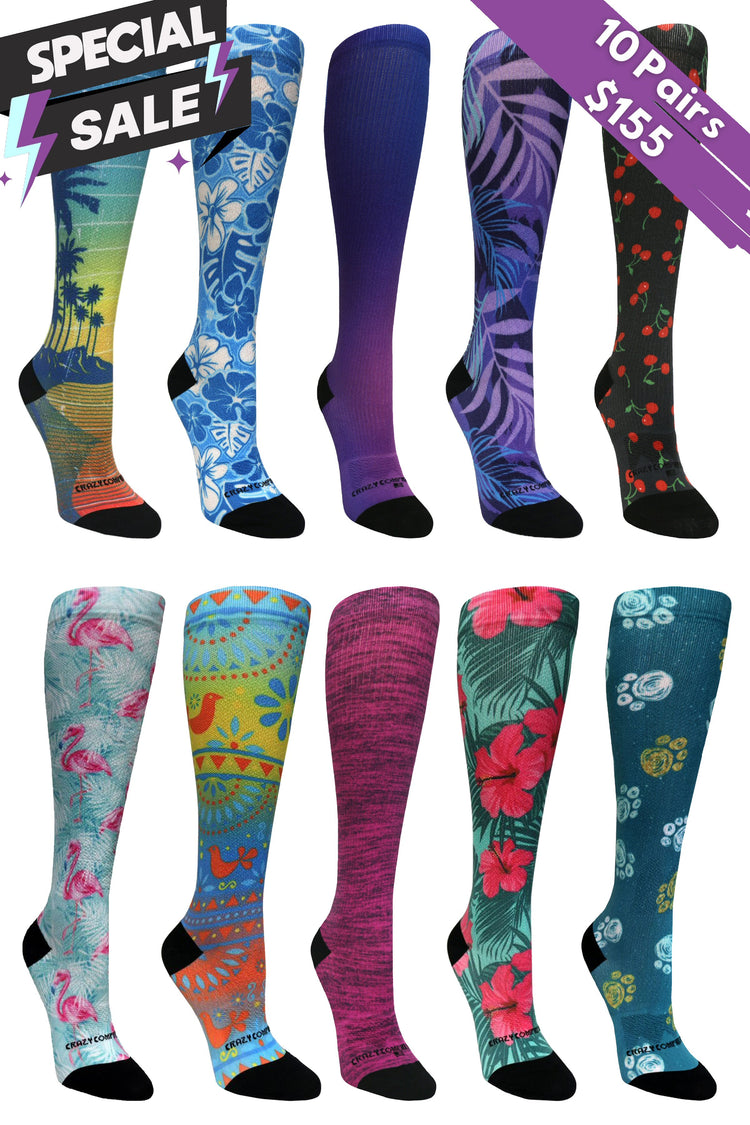



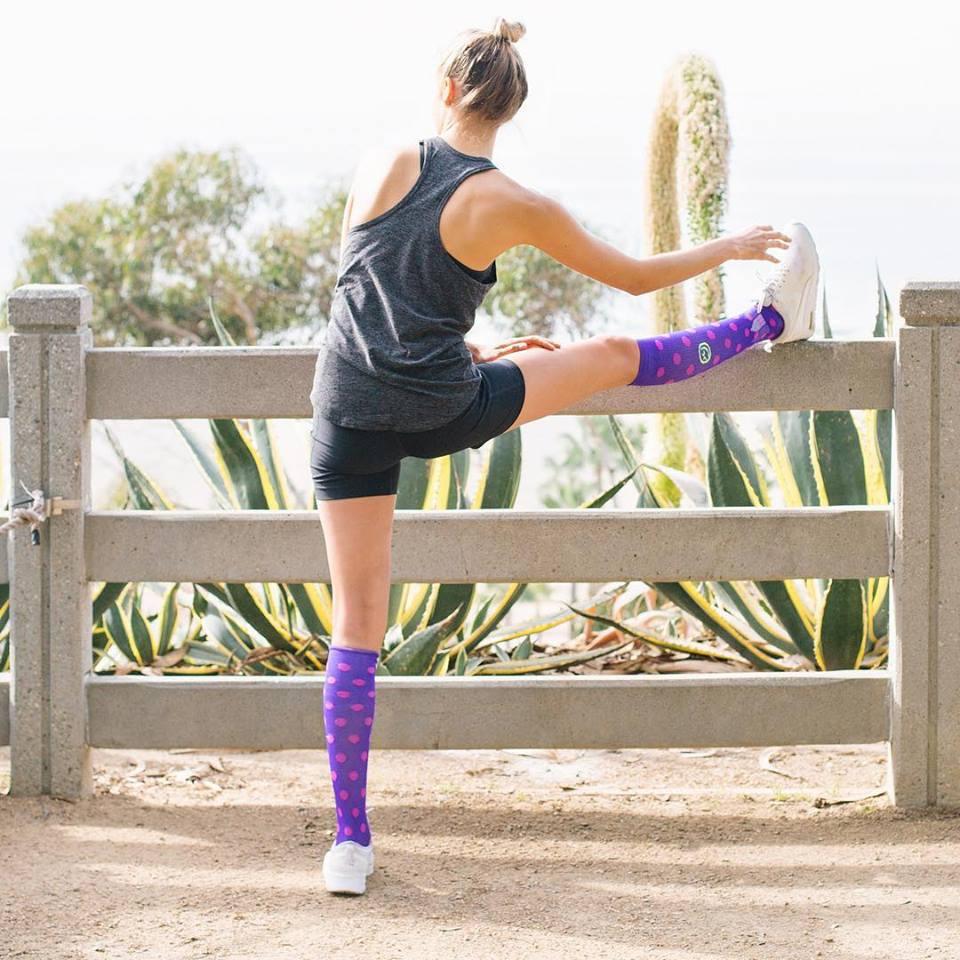

Leave a comment
This site is protected by hCaptcha and the hCaptcha Privacy Policy and Terms of Service apply.